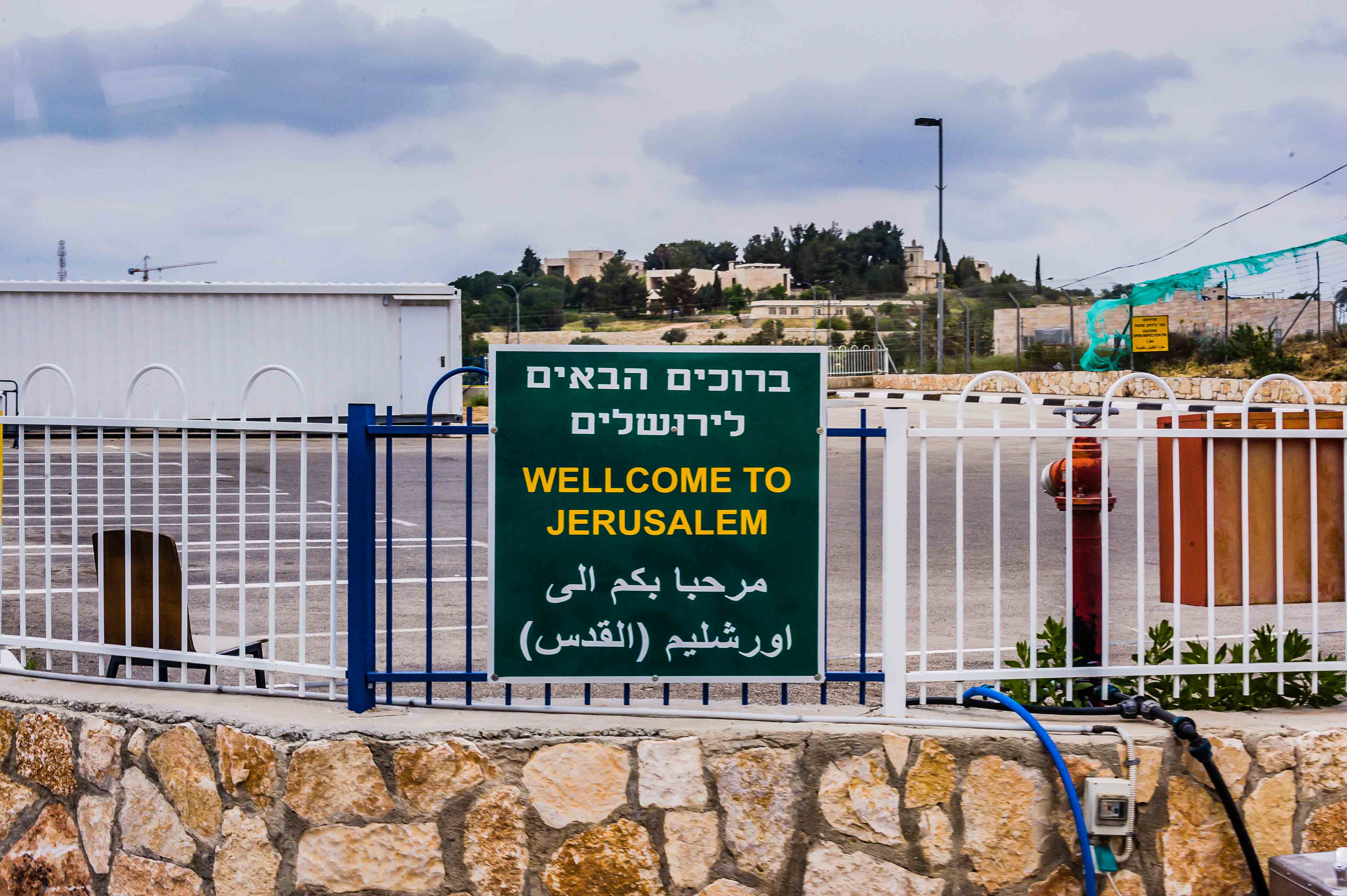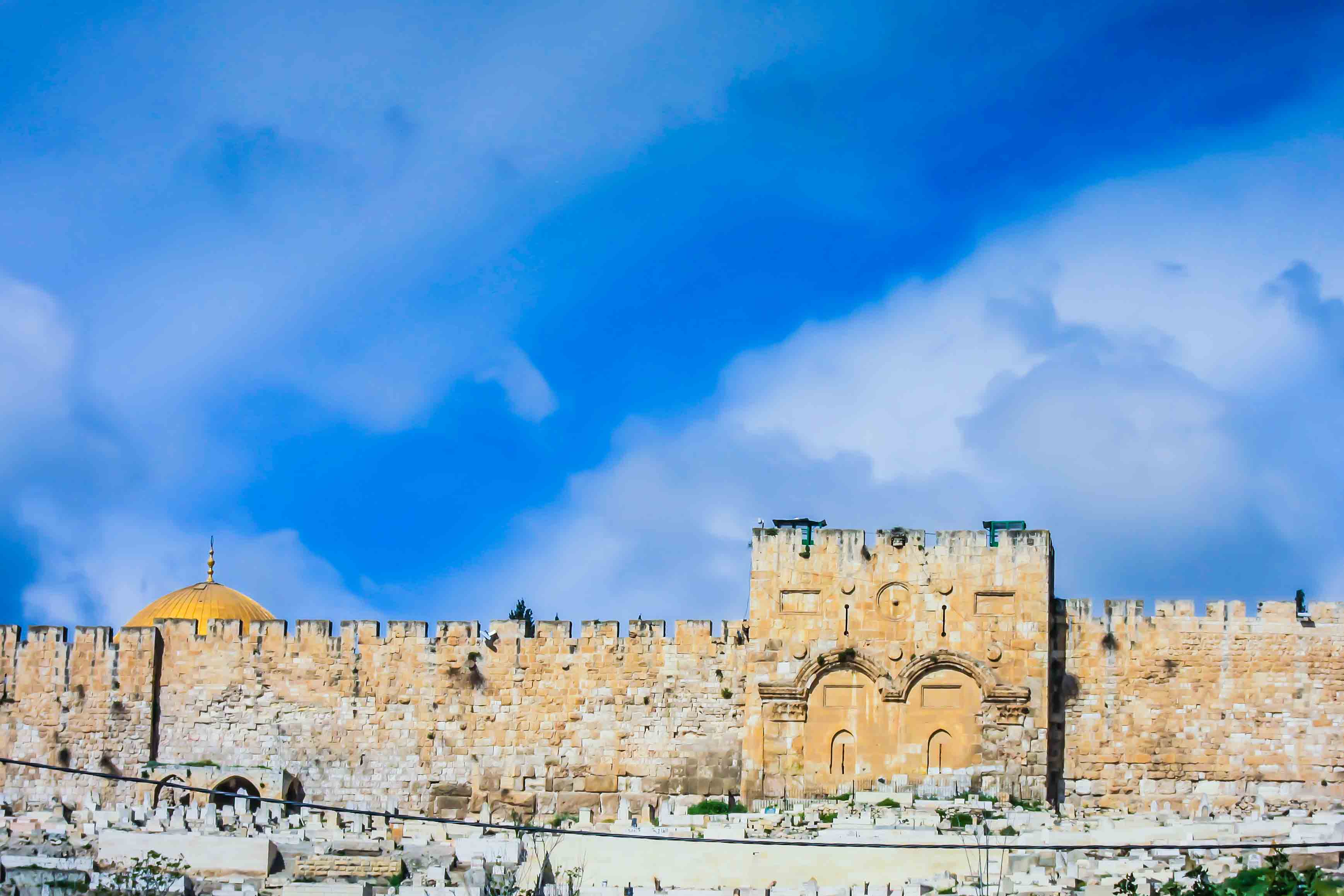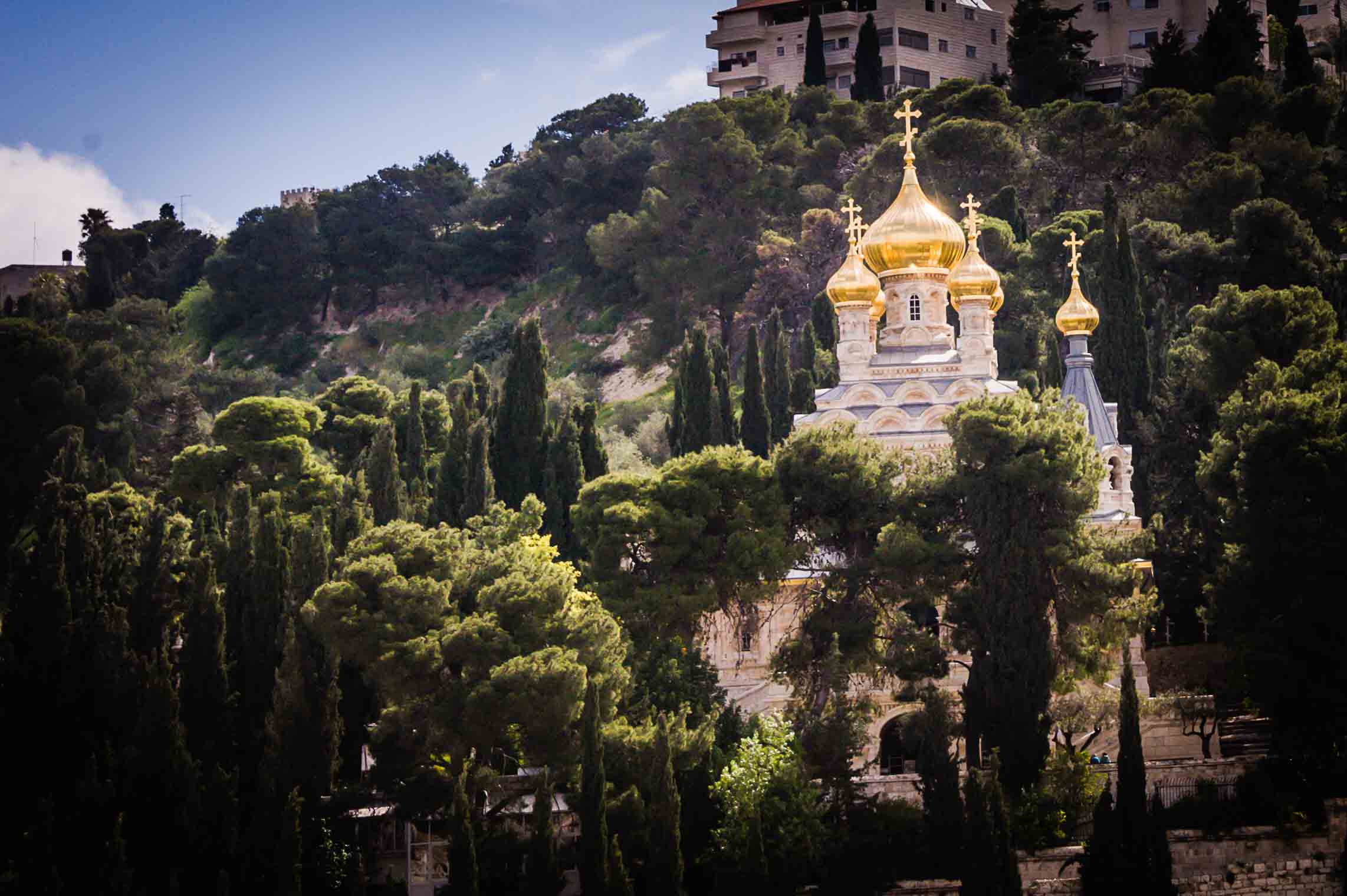Today we are in Israel where we will have a tour to both Jerusalem and Bethlehem. It will be a full day for sure. We boarded our bus from Ashdod Port at 8:15 am and took the 90 minute drive to Jerusalem. Today is the last day of Passover, which our guide said was lucky because there was little traffic going into the city.
Israel, officially the State of Israel, is a parliamentary republic in the Middle East, along the eastern shore of the Mediterranean Sea. It shares borders with Lebanon, Syria, Jordan, West Bank, Egypt and the Gaza Strip. Israel is defined as a Jewish and Democratic State in its Basic Laws and is the world’s only Jewish-majority state.
The population of Israel was estimated in 2012 to be 7.8 million people, of whom approximately 6 million are Jewish. Arabs form the country’s 2nd largest ethnic group, the great majority of whom are Muslims. As you know, Israel has an amazing history, too much for this post, but please check it out when you get a chance on Wikipedia.
The first thing that struck us is the beauty of the Israel countryside. It is green, filled with agriculture, wild flowers and beautiful rolling hills. Our guide, Ahran, told us that Israel has an extensive desalinization program in place where they take the salt out of ocean water in order to produce fresh water that is suitable for human consumption and irrigation.
Our first stop was the Mount of Olives for a panoramic view of the old city of Jerusalem. We then made our way down to visit the Garden of Gethsemane and the Church of all Nations.
The Garden of Gethsemane is a garden at the foot of the Mount of Olives most famous as the place where, according to the gospels, Jesus and his disciples prayed the night before Jesus’ crucifixion. Some of the olive trees found in the garden are over 2,000 years old and the olives that grow on these trees are used for religious purposes in the Church of All Nations, located next to the garden.
We next visited the Church, also known as the Church or Basilica of the Agony. This is a Roman Catholic Church that enshrines a section of bedrock where Jesus is said to have prayed before his arrest. Dale was able to go to the altar and touch the rock while I snapped the picture!
Back on the bus we had a short drive to the old city of Jerusalem. After disembarking, our first stop was at the Wailing Wall. The Wailing Wall is a sacred place for Jews and others, who often pray, and sometimes wail. They slip prayers written on paper through the wall’s welcoming fissures. It was a pretty intense scene especially since it is the last day of Passover and there are a large number of Jewish pilgrims visiting the old City.
Our next adventure was to walk through the old city on the Via Dolorosa. This is believed to be the path that Jesus walked, carrying his cross, on the way to his crucifixion. Our guide told us that normally the Via Dolorosa is so packed with people that you just get pushed along with the crowds. Luckily today, even though it is a major holiday, the place was, according to the guide, almost empty. It seemed pretty busy to us, but this being our first time here we really wouldn’t know!
At the end of the Via Dolorosa is the Church of the Holy Sepulcher. This site is on the Hill of Calvary, where Jesus was crucified, and is said also to contain the place where Jesus was buried (the Sepulcher). Since the 4th century, the church is for many Christians, the most important pilgrimage destination as it is also the purported site of the resurrection of Jesus.
The Church was incredible and we witnessed some amazing scenes, including the Stone of Anointing, which tradition claims to be the spot where Jesus’ body was prepared for burial.
We were then driven to a hotel named Kibbutz Ramat Rachel which was a communally managed facility where we had a nice buffet lunch. Our next stop is Bethlehem, which is a Palestinian city of approximately 30,000 people, located in the central West Bank approximately 5 miles south of Jerusalem.
The Hebrew Bible identifies Bethlehem as the city David was from and the location where he was crowned as the king of Israel. The New Testament identifies Bethlehem as the birthplace of Jesus of Nazareth. The town is inhabited by one of the oldest Christian communities in the world. To get into Bethlehem we had to pass through a heavily gated and guarded entrance. The Palestinians control the West Bank and Bethlehem is located therein, which is why it is so heavily guarded. Our Israeli guide stayed with us, but we took on a Palestinian guide who remained with us as we toured the area.
Our bus dropped us off outside the Church of the Nativity, which is our primary destination. The Church of the Nativity is one of the oldest continuously operating churches in the world. The structure is built over the cave that tradition marks as the birthplace of Jesus of Nazareth, and is considered sacred by Christians.
The main Basilica of the Nativity is maintained by the Greek Orthodox Patriarchate of Jerusalem. The basilica is entered through a very low door, called the “Door of Humility.” The original Roman style floor has since been covered over, but there is a trap door in the modern floor which opens up to reveal a portion of the original mosaic floor.
There is also an Armenian Orthodox Church here as well as the Roman Catholic Church of St. Catherine. This is the church where the Latin Patriarch of Jerusalem celebrates Midnight Mass on Christmas Eve. This ceremony is broadcast to Christians worldwide.
Underneath the churches is the Grotto of the Nativity. It is an underground cave located beneath the basilica, the site where Jesus is said to have been born. The exact spot is marked beneath an altar by a 14-pointed silver star set into the marble floor and surrounded by silver lamps. This altar is considered religiously neutral. Another altar in the Grotto, which is maintained by the Roman Catholics, marks the site where Mary laid the newborn Baby Jesus in the manger.
Our guide told us the wait to get into the Grotto of the Nativity would take over 3 hours, so he took us to an adjoining cave area located under the St. Catherine church.
The smooth limestone stairs down into the grotto were narrow and the ceiling was low. Once inside, we could see the Chapel of the Innocents, the burial site of some of the young victims of Herod’s Slaughter of the Innocents.
The irregularly shaped grotto is hollowed out of rock and our guide had us walk down a narrow path were we could look through a peep hole in a wooden door to see inside the Grotto of the Nativity! It was hard to see much, but I did see candlelight and lots of people standing around the room.
Back on the bus, we stopped at a store where we purchased some souvenirs and then took the 90-minute drive back to the ship. Needless to say, this is an amazing place. The convergence of Religion here is overwhelming. It’s extraordinary and something we will never forget.
Because of the number of things we saw and the plethora of pictures I have split the galleries into two sections both for the Top Pictures Galleries and the SmugMug Galleries.
Top Pictures Gallery from Jerusalem:
To view all Pictures Gallery from Jerusalem click here.
Top Pictures Gallery from Bethlehem:
To view all Pictures Gallery from Bethlehem click here.



.jpg)



Trip Summary » Travel with Dale & Margaret - […] Tel Aviv (Ashdod), Israel […]